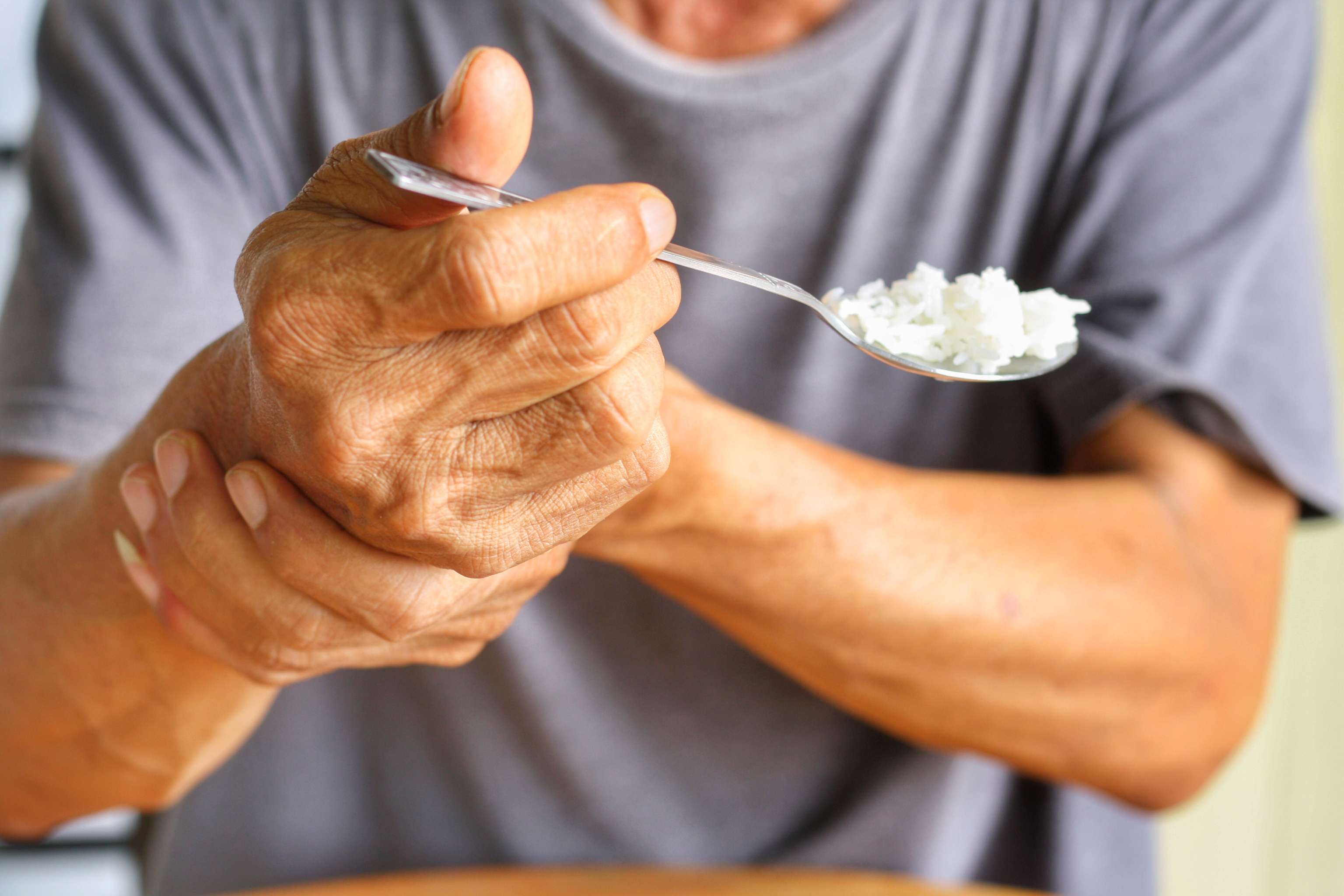Antidiabetic drug shows effect on motor symptoms of Parkinson's patients

antidiabetic drug Byetta and the active ingredient exenatide:
In 2017, a study from the Institute of Neurology at University College London showed that administration of the active ingredient exenatide could significantly improve motor symptoms in Parkinson's patients with moderate disease.
Originally derived from the venom of the Gila crustacean lizard, exenatide is an antidiabetic and blood sugar-lowering (bioengineered) drug used in the treatment of type 2 diabetes. This is a disease in which the pancreas (i.e., pancreas) cannot produce enough insulin (or cannot use it effectively enough) and consequently fails to regulate blood sugar levels.
Effect in type 2 diabetes:
The active ingredient in the antidiabetic drug Byetta, exenatide, is one of the incretin mimetics ( i.e., GLP-1 receptor agonists). To help control blood glucose levels, it increases the amount of insulin (released by the pancreas) when food is ingested. As a result, it acts in the same way as human incretins (i.e. hormones produced in the body's own intestines).
Effect in PD:
These GLP-1 receptors dwell not only in the gastrointestinal tract, but also in the brain. According to the German Society of Neurology ( DGN for short), it is possible that the active ingredient exenatide leads to the stabilization of neuron connections (which respond to dopamine) there, and thus to "sustained improvement of Parkinson's symptoms."
Parkinson's disease:
The second most common neurodegenerative disease worldwide, Parkinson's disease occurs more frequently with increasing age. Neurodegenerative refers to a process in which the disease's own dopamine-producing neurons die and are lost during the course of the disease. Our neurotransmitter (i.e. messenger substance) dopamine is of great importance for the coordination of movement sequences and is responsible for facial expressions, gestures and all involuntary movements. Because the disease progresses slowly, the typical symptoms, such as akinesia (i.e., lack or absence of movement) or tremor (i.e., non-voluntary shaking of the muscles), are only apparent after more than half of the dopamine-producing cells have been lost.
Study Method:
A study published in 2017 used the antidiabetic drug exenatide to examine precisely these motor symptoms of the disease. The research, published in The Lancet, involved a total of 62 patients between the ages of 25 and 75 with mild symptoms. They had been treated with common Parkinson's medications for an average of six years before the study began. However, their effect had diminished. In this randomized, double-blind, placebo-controlled, single-center study, Parkinson's patients were given 2 mg of exenatide or a placebo once a week for 48 weeks in addition to their regular medication. This was followed by a 12-week washout period. The participants' idiopathic Parkinson's disease (i.e. No tangible cause for the disease was found.) and its stage was measured according to official Queen Square Brain Bank and Hoehnand Yahr scale criteria. After 60 weeks, certain changes in motor function were measured according to the MDR-UPDRS ( Movement Disorders Society Unified Parkinson's Disease Rating Scale Part III) scoring scale.
Study Results:
The study group showed a significant improvement of +1.0 points, while the placebo-controlled group had a negative score of -2.1 points. In 2018, a statistical analysis of this study was performed to investigate both whether the magnitude of the effect on exenatide could be predicted and whether the effects were comparable across the different subgroups (i.e., classification by age, motor presentation of disease, duration, and severity of disease) of patients. All subgroups showed improvements in motor and non-motor symptoms. Elderly patients and patients with a disease duration of more than ten years were less successful in responding to such therapy.
Conclusion:
Despite the need for further studies to demonstrate the effect with certainty, the effect of the antidiabetic drug exenatide in Parkinson's disease offers new insights into the mechanism of action in the field.
Active ingredients:
Sources
- Athauda D, Maclagan K, Skene SS, Bajwa-Joseph M, Letchford D, Chowdhury K, Hibbert S, Budnik N, Zampedri L, Dickson J, Li Y, Aviles-Olmos I, Warner TT, Limousin P, Lees AJ, Greig NH, Tebbs S, Foltynie T. Exenatide once weekly versus placebo in Parkinson's disease: a randomised, double-blind, placebo-controlled trial. Lancet. 2017 Oct
- Dilan Athauda, Kate Maclagan, Natalia Budnik, Luca Zampedri, Steve Hibbert, Iciar Aviles‐Olmos, Kashfia Chowdhury, Simon S. Skene, Patricia Limousin, Thomas Foltynie. Post hoc analysis of the Exenatide‐PD trial—Factors that predict response. EJN. 2018 Aug.
- Exenatid (Pharmawiki)
- Diabetes therapy Byetta Parkisons´s Patients Movement (Parkisons News Today)
- Byetta/Exenatide (Europäische Arzneimittel-Agentur)
- Exenatid (Deutsche Gesellschaft für Neurologie)
- Parkinson (Netdoktor)

Danilo Glisic
Last updated on 19.01.2021
Your personal medication assistant
Browse our extensive database of medications from A-Z, including effects, side effects, and dosage.
All active ingredients with their effects, applications, and side effects, as well as the medications they are contained in.
Symptoms, causes, and treatments for common diseases and injuries.
The presented content does not replace the original package insert of the medication, especially regarding the dosage and effects of individual products. We cannot assume liability for the accuracy of the data, as the data has been partially converted automatically. Always consult a doctor for diagnoses and other health-related questions.
© medikamio